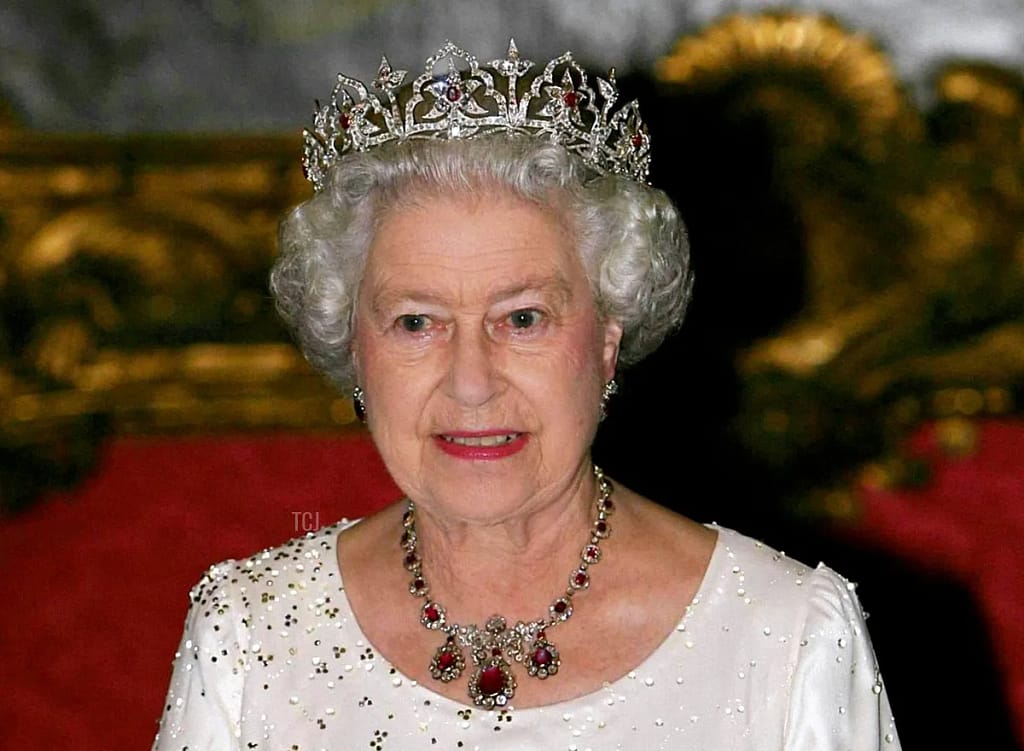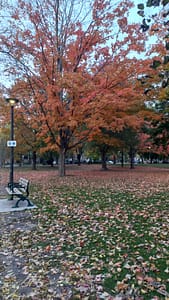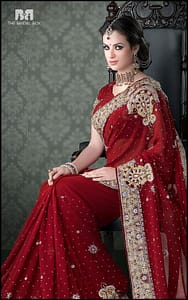

Victoria received this versatile diamond fringe from her aunt, Queen Adelaide, in 1837. The piece was able to be worn either as a tiara or a necklace, and Victoria is featured sporting it as a tiara in several early illustrations from her reign. The fringe remains with the main line of the royal family today, though it has been in a necklace setting since 1936.

Premiered Dec 20, 2022
Please consider supporting me at https://www.patreon.com/LindsayHoliday 7 Tiaras of European Royal Families: • 7 Tiaras of Europ… The Crown Jewels: A Journey Through History: • The Crown Jewels:… The Crown Jewels: A Peek Inside the Jewel House: • The Crown Jewels:… You can’t be a King without the bling, and you can’t be a Queen without the sheen. Let’s learn about the artistry, history and gob-smacking value of over 20 tiaras previously owned by Queen Elizabeth II. They are printed on stamps, coins and bank notes across the globe and have been seen on millions of screens gracing the foreheads of Princess Diana, Catherine Middleton, Meghan Markle and other British royals on their wedding days. Now that the Queen has died, we’ll explore who might have inherited her priceless tiaras in her will. George IV’s State Diadem, 1821 Queen Adelaide’s Diamond Fringe Tiara, 1830 Belgian Sapphire Tiara, 1850s Indian Circlet, 1853 Grand Duchess Vladimir Tiara, 1874 Queen Alexandra’s Kokoshnik Tiara, 1888 Girls of Great Britain and Ireland Tiara, 1893 Meander Tiara, 1903 Delhi Durbar Tiara, 1911 Queen Mary’s Lover’s Knot Tiara, 1913 Queen Mary Fringe Tiara, 1919 Greville Emerald Kokoshnik Tiara, 1919 Lotus Flower Tiara, 1923 Strathmore Rose Tiara, 1923 Cartier Bracelet Bandeau, 1923 Queen Mary’s Diamond Bandeau Tiara, 1932 Cartier Halo Tiara, 1936 Brazilian Aquamarine Tiara, 1957 Aquamarine Ribbon Tiara, 1970 Burmese Ruby Tiara, 1973 I make mini documentaries about women’s history and royal history: Queens of the World: • Queen Marie Antoi… A History of… • A History of Chil… Royal History: • A History of Roya… LGBT Royals: • LGBTQ Royals of t… Sources: https://en.wikipedia.org https://www.britannica.com http://www.englishmonarchs.co.uk Music: Bellissimo by Doug Maxwell For business inquiries, please contact LindsayHoliday@ellify.com



The shape of this tiara is based on the traditional Russian headdress called a ‘kokoshnik’, which became popular as a style of tiara in Western Europe in the late nineteenth century. The perfect matching of the diamonds in each of the 61 bars which form the tiara required tremendous skill by the jewellers, Garrard’s. The tiara was presented to Queen Alexandra, when Princess of Wales, for her 25th wedding anniversary in 1888 by the ‘Ladies of Society’ (365 peeresses of the United Kingdom). The tiara can also be worn as a necklace.

The tiara takes its name from the committee of women, led by Lady Eva Greville, who raised money for its creation. They purchased the tiara, which features festoon and fleur-de-lis designs, from Garrard in June 1893. The tiara was made of diamonds set in silver and gold, and the original 1893 version was topped by fourteen pearls.

06.09.2018 by THE COURT JEWELLER // LEAVE A COMMENT

Alice wears the tiara in a portrait, ca. 1914 (Royal Collection)
We spent a lot of the last month here discussing British royal wedding tiaras, and today, I’ve got a deep dive into the history of one of the most fascinating of them all: the diamond meander bandeau that belonged to Princess Andrew of Greece and Denmark.

Alice wears the tiara in a portrait, ca. 1914
Most of the tiaras in the British royal collection arrived in Windsor hands through members of Queen Elizabeth II’s family, especially Queen Alexandra, Queen Mary, and the Queen Mum. But today’s Mountbatten-Windsors trace half of their royal heritage to Greece, and this piece, the meander tiara that belonged to Prince Philip’s mother, is a part of that legacy

The durbar was a massive celebration held in Delhi to mark the coronation of King George V and Queen Mary as Emperor and Empress of India. It was also the only one of the Indian coronation durbars to be actually attended by the royals themselves; on other occasions, the viceroy general stood in. Here’s newsreel footage of the 1911 Durbar to give you an idea of its vast scope. You can see Queen Mary is wearing the tiara in the film.





